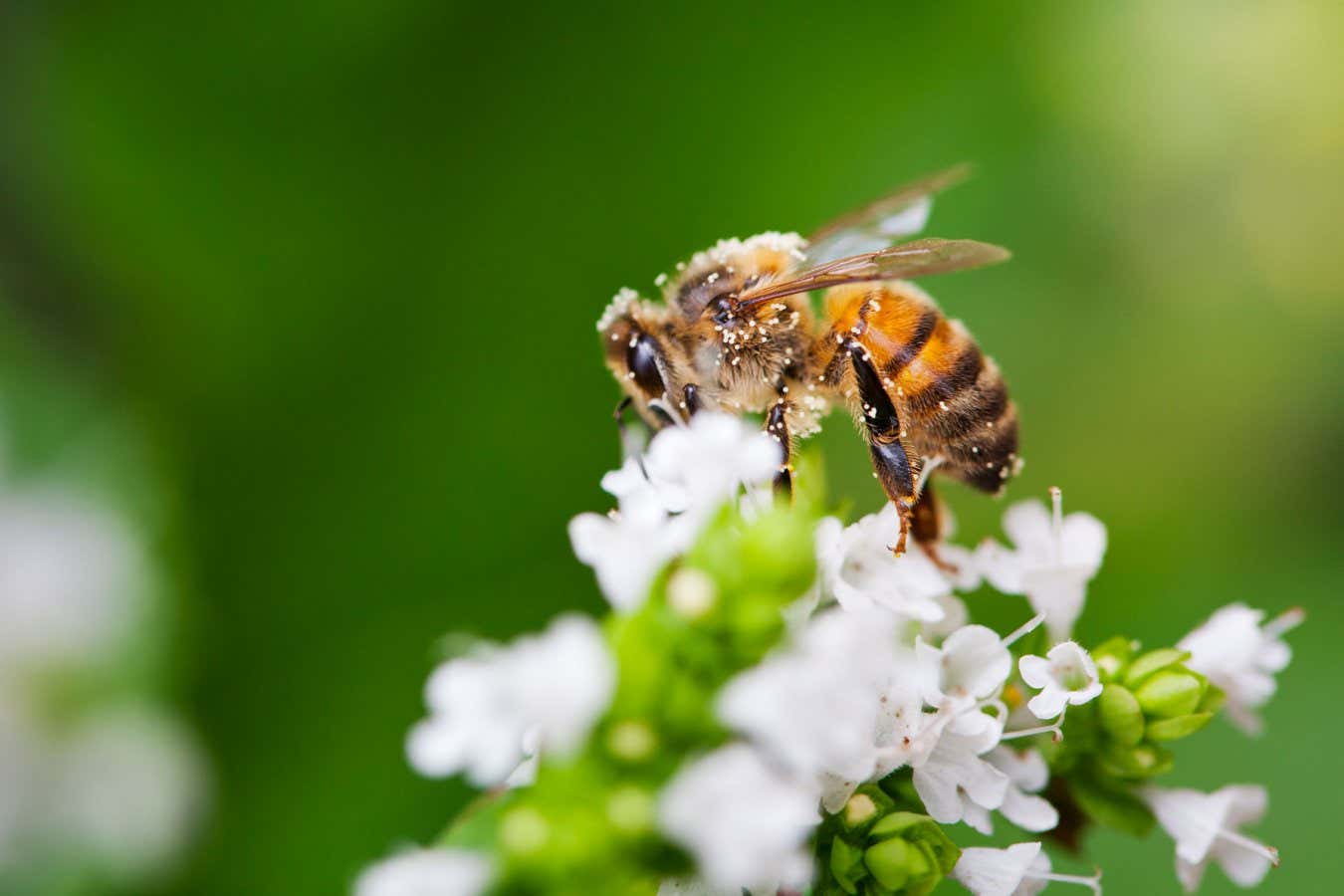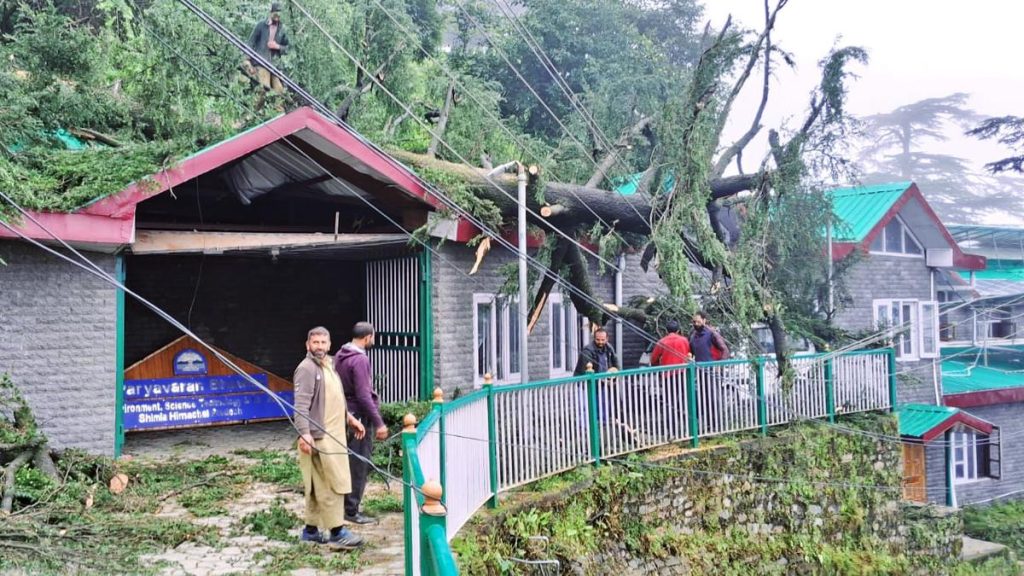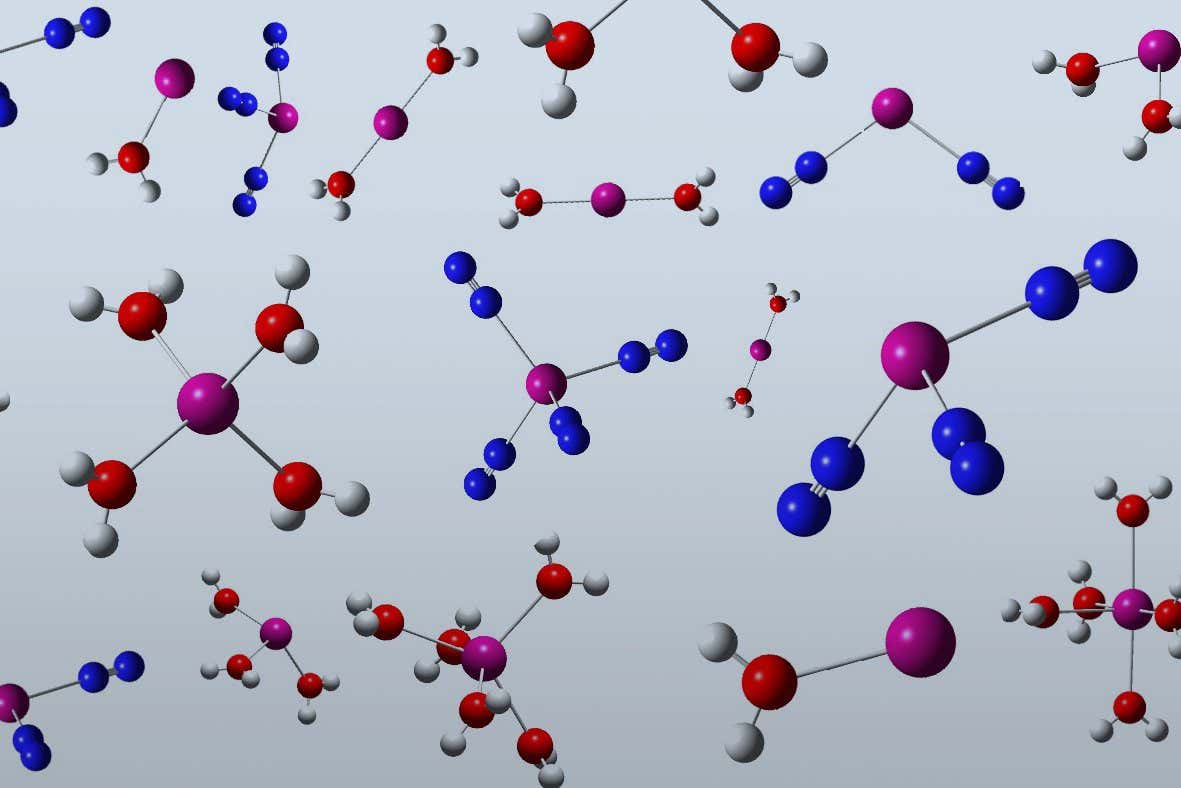Now Reading: Scientists Investigate Viruses Disrupting Honeybee Flight Patterns
-
01
Scientists Investigate Viruses Disrupting Honeybee Flight Patterns
Scientists Investigate Viruses Disrupting Honeybee Flight Patterns

Quick Summary
- Research Insight: Two viruses, deformed wing virus (DWV) and sacbrood virus (SBV), previously considered asymptomatic in adult honeybees, impact their flight patterns.
- Flight effects: DWV slows bees down, reducing their flying distances by 49%, while SBV accelerates flight speed and extends range by 53%.
- Colony Impact: both viruses are detrimental to overall colony health. SBV kills larvae with fluid-filled sacs, while DWV may contribute indirectly to reduced colony sizes and increased mortality.
- Experimental Setup: Researchers attached infected bees to a tetherball-like device to measure speed, duration, and distance over a series of flights involving 240 bees.
- Ecosystem Implications: Viral-induced changes in honeybee travel could disrupt pollination processes and broader ecosystems tied to plant-bee interactions.
Indian Opinion Analysis
The research underscores the critical role honeybee health plays not only in supporting colonies but also broader ecological systems reliant on pollination. For India-where agriculture remains highly dependent on honeybee activity for crops such as sunflower,mustard,and fruits-the study points toward an urgent need for monitoring viral infections among bee populations. With agriculture being intertwined with biodiversity conservation here, any disruptions in bee activity could lead to cascading impacts across ecosystems.
Systematic research into similar viral threats affecting native Indian bee species like Apis cerana could prove vital. Additionally, efforts toward improving apiary practices addressing pathogen transmission would likely benefit both pollinators and allied industries relying on them directly or indirectly.

























